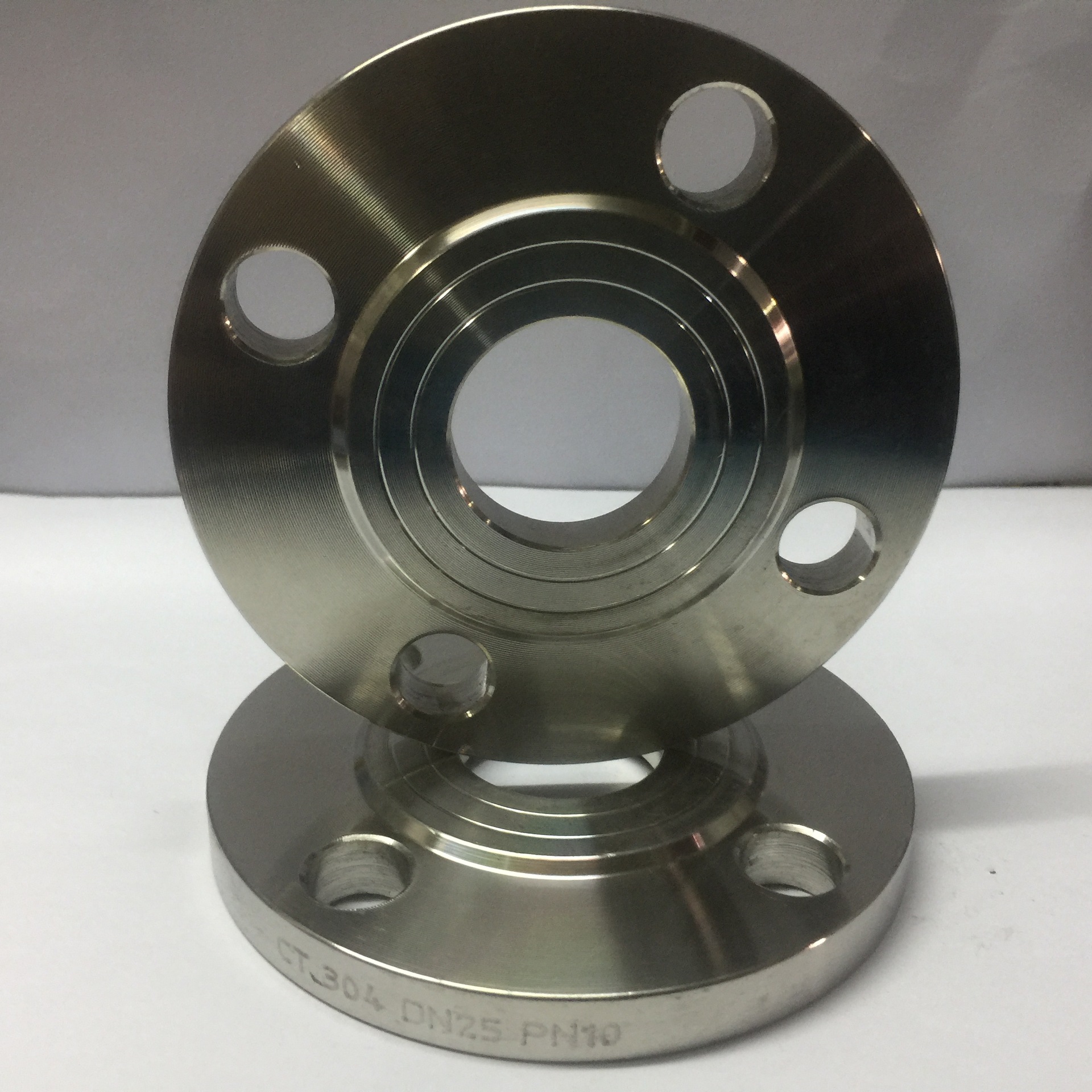hydraulic pressure control valve types
Hydraulic Pressure Control Valve Types
Hydraulic systems are essential in various industries, providing power and control for machinery and equipment. A critical component within these systems is the hydraulic pressure control valve, which regulates the pressure, ensuring smooth and efficient operation. Understanding the different types of hydraulic pressure control valves is fundamental for anyone involved in hydraulic system design, maintenance, or operation.
1. Pressure Relief Valves
One of the most common types of hydraulic pressure control valves is the pressure relief valve. This valve is designed to prevent system overpressure by diverting fluid back to the reservoir once a preset pressure level is reached. If the hydraulic system encounters an overload, the pressure relief valve opens, allowing excess fluid to escape, thereby protecting components from damage. These valves can be spring-loaded or pilot-operated, with spring-loaded types being the simplest and most widely used.
2. Pressure Reducing Valves
Pressure reducing valves manage the output pressure to a lower and more stable level, regardless of changes in the inlet pressure. Typically used when a sub-circuit requires a lower pressure than the main hydraulic circuit, these valves are essential for preventing damage to sensitive components and ensuring consistent operation. Pressure reducing valves automatically adjust to maintain the desired output pressure, making them a reliable choice for various applications.
Sequence valves are utilized to control the sequence of operations in hydraulic circuits. They allow one actuator to operate before another, which is crucial in applications where specific operations must occur in a set order. For instance, in a hydraulic press, a sequence valve can enable the ram to push down only after a clamp has been engaged. This type of valve helps streamline operations and improve efficiency.
hydraulic pressure control valve types

4. Counterbalance Valves
Counterbalance valves play a crucial role in maintaining control of loads in hydraulic systems. They are essential for vertical loads, such as those found in cranes and excavators, where uncontrolled descent can be dangerous. Counterbalance valves maintain a predetermined pressure that counteracts the force of a descending load, ensuring that it descends at a controlled rate. This provides both safety and stability in operations involving heavy loads.
5. Proportional Valves
For applications requiring greater precision and control, proportional valves are highly effective. These valves modulate the flow and pressure based on a control signal, allowing for smooth and gradual adjustments. Proportional valves are particularly useful in applications requiring nuanced control, such as in robotics or CNC machinery. By adjusting the flow rate in real time, these valves enable more sophisticated operations and responsiveness in hydraulic systems.
6. Load Sensing Valves
Load sensing valves automatically adjust the system pressure based on the load demand. By monitoring the load, these valves ensure that the hydraulic system provides only the necessary amount of pressure, optimizing efficiency and reducing energy consumption. They are especially beneficial in systems with varying loads, as they adapt to the requirements in real time, enhancing overall performance.
Conclusion
The variety of hydraulic pressure control valves plays a significant role in the effective operation of hydraulic systems. Understanding the functions of pressure relief valves, pressure reducing valves, sequence valves, counterbalance valves, proportional valves, and load-sensing valves is vital for anyone involved in hydraulic system design and maintenance. By selecting the appropriate valve type for specific applications, operators can enhance system performance, ensure safety, and improve reliability. With ongoing advancements in hydraulic technology, these valves continue to evolve, offering even more precise control and efficiency for a wide range of industrial applications.
-
3 types of check valves maintenance tipsNewsAug.23,2025
-
Ball valves types with trunnion mounted designNewsAug.23,2025
-
Butterfly valve company production capabilitiesNewsAug.23,2025
-
Fisher globe valve technical specificationsNewsAug.23,2025
-
Types of gaskets for flanges selection guideNewsAug.23,2025
-
Wedge gate valve suppliers quality standardsNewsAug.23,2025
-
Breakthrough in Domestic Low Temperature Valve Technology in ChinaNewsAug.18,2025




